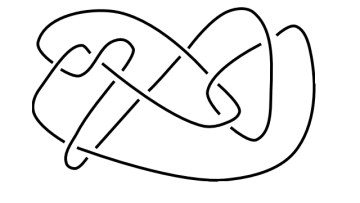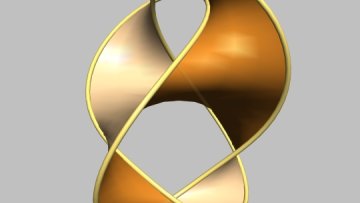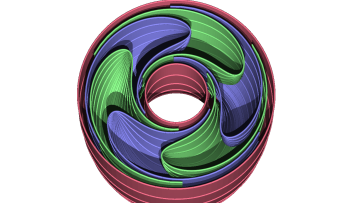Incomplete Equilibrium with a Stochastic Annuity
Abstract
In this talk, I will present an incomplete equilibrium model to determine the price of an annuity. A finite number of agents receive stochastic income streams and choose between consumption and investment in the traded annuity. The novelty of this model is its ability to handle running consumption and general income streams. In particular, the model incorporates mean reverting income, which is empirically relevant but historically too intractable in equilibrium. The model is set in a Brownian framework, and equilibrium is characterized and proven to exist using a system of fully coupled quadratic BSDEs. This work is joint with Gordan Zitkovic.






